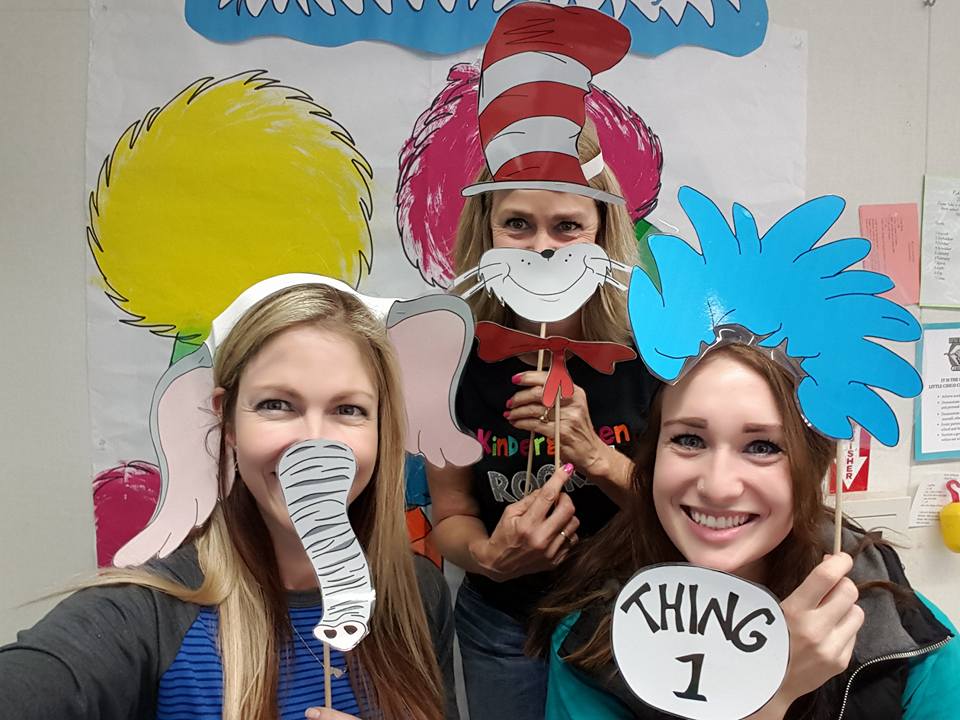Math Lesson Reflection
During my PI field experience lesson for math class, my group and I taught identification of 3-Dimensional Figures. The lesson consisted of direct instruction on the different shapes (sphere, cube, pyramid, cone), and guided students to correlate the different shapes to real-world objects that were similarly shaped. Students then played a matching game with the 3-Dimensional shape and a picture of that 3-Dimensional shape on a Bingo-oriented game board.
Overall, the lesson went really well. I think that students were able to make strong connections between the shapes that we taught them and real-world objects. The matching game went really well, and engaged students quickly. It was difficult teaching the students with special needs because we didn’t know what the student needed specifically (Did they need an object to play with? Did they need to sit next to the teacher?), and we didn’t know what the teacher and aides had been working on with the student. It was also difficult to teach any of the students because we didn’t know them and didn’t know what academic level they were at. It was also difficult getting all of our content and lesson plan to fit into the short 10 minutes. I found that we had to cut parts out almost every time because we were running out of time.
I learned that planning a lesson for a station is much different from planning a whole-class lesson. There is a greater opportunity to teach to individual student needs, but there is less time to teach and review content in tangible ways. I felt like planning this lesson was easy and didn’t take much time, but the eventual product of the lesson that we taught was slightly different than what we had planned (which happens in most lessons). While conducting the lesson, I also learned that student engagement and attention is limited, so there has to be activities that capture student attention.
Based on our matching assessment, I do think that learning occurred. I was surprised by the number of students who already knew the names of some of the 3-Dimensional shapes, and therefore it was a review for them and a challenge to apply the shapes to real-world objects. Other students learned some of the shapes that they didn’t previously know and were able to correctly match them in the activity at the end. Some students who were lower academically needed additional scaffolding and prompting in order for them to make a correct match.
This teaching assignment was valuable because it gave me the experience of teaching math in a short station. I haven’t had any experience with stations in the 5th grade placement that I am currently in. It was challenging to make sure that all of the elements of a successful lesson were present in 10 minutes, and that students learned new concepts and were able to apply their new knowledge in a culminating activity. This lesson helped me to develop knowledge of subject matter because I was forced to research content for kindergarten grade level. It helped me to develop knowledge of student learning because I was able to identify which students needed to be challenged further, which students needed additional support in order to understand the concepts being taught, and which students needed redirection in terms of behavioral difficulties. I learned that content has to be appropriate for the developmental and academic levels of the students being taught, and that students that are grouped together will most often be at different levels.
